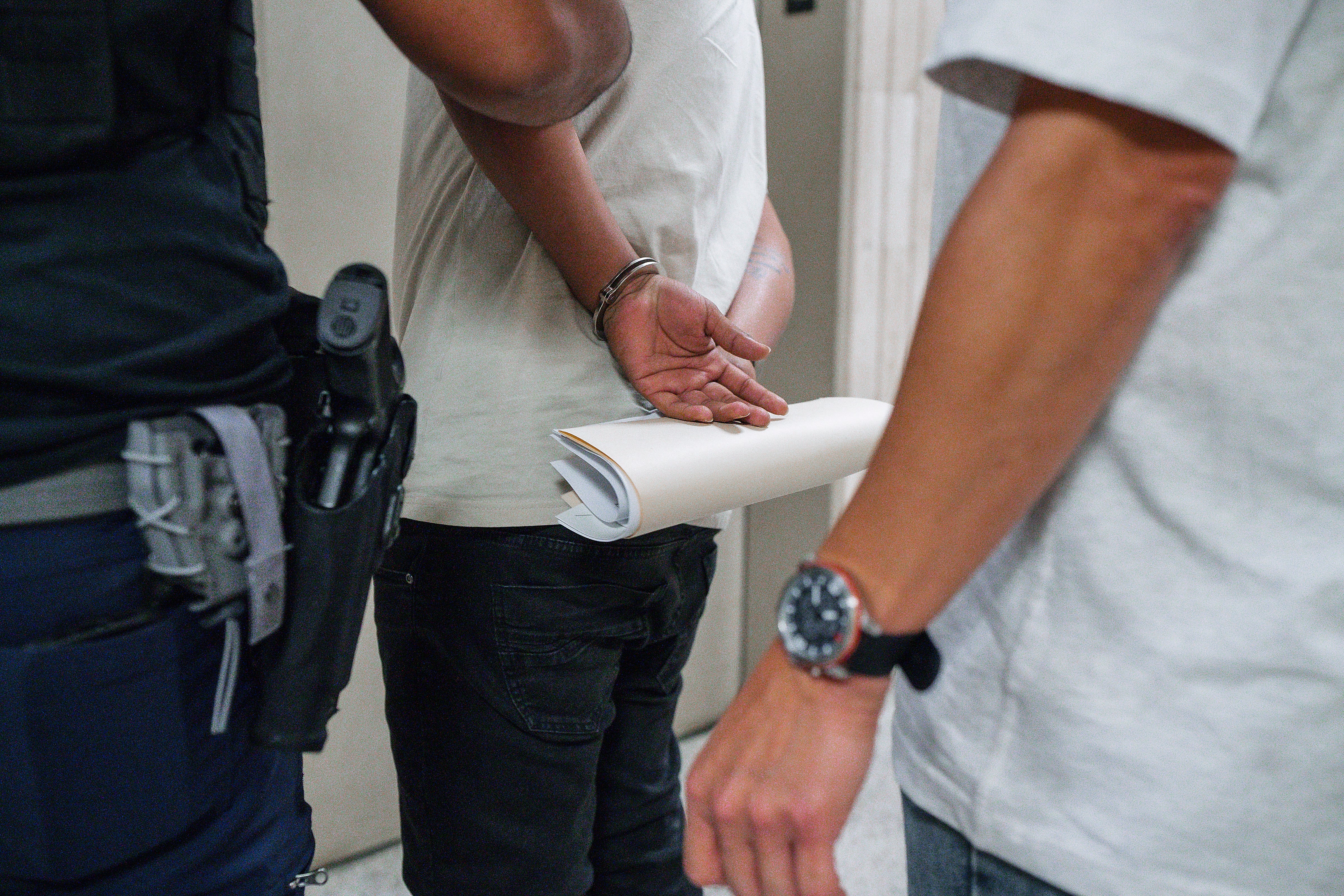A recent oversight report shows that female military members, especially enlisted women, can pay as much as $8,300 out of pocket over the course of a 20-year career for uniform items not covered by annual clothing allotments.
Similar ranks of male troops pay at most half of that or even pocket money during the course of their career from the clothing allowance.
The disparities vary by service, but the overwhelming conclusion of the 52-page Government Accountability Office report to Congress on military service uniforms shows proof that there is what is commonly called a “pink tax” on female troops.
The Pentagon agreed with all of the report’s recommendations, which included: reducing the differences in out-of-pocket expenses, developing more consistent criteria, periodic reviews of the items included in the clothing lists for cost differences, and reviewing and submitting plans for military uniform changes and the related out-of-pocket expenses to service members.
The Pentagon shells out more than $887 million a year on cash allowances for enlisted and officers across the services, according to the report.
All service members receive an initial issue when they arrive at basic training, clothing items valued at between $1,600 to $2,400, depending on service and whether they are officers or enlisted.
But as soon as they join the ranks of their colleagues in service, the disparity begins. And it widens over the course of a 20-year career.
The GAO report shows that female Marines can pay out 10 times as much as male Marines; female sailors pay three times as much as male sailors; female soldiers pay twice what their male colleagues do. And in the Air Force men will likely make money off of their allotment while women will pay out of pocket.
Each service determines what part of the issued items are “uniquely military” and therefore qualify to be included in their annual stipend.
A number of initial issued items, such as running shoes in the Marine Corps, are not covered as part of the clothing allotment after the initial issue. Those items vary by service and add up.
For example, both male and female Army enlisted receive 15 items in the initial issue that they will need later but are not covered by their annual payment.
Sounds the same, until the price is tabulated.
Those 15 items cost, on average, $382.19 for male soldiers to maintain or replace but $642.16 for female soldiers to do the same.
For sailors it is six items for males and seven for females. But the cost is nearly double; $181.57 for men and $353.39 for women.
The Air Force has five items for men and six for women. The cost is $132.87 for men and $411.52 for women.
The Marines had lower numbers and amounts but still a high disparity. Male Marines only have one item not covered after recruit training ant it costs them $89.45 to cover. Women have three items, totaling $266.67.
During the initial allotment, for example, female enlisted service members may receive a one-time cash allowance for items such as underwear, bras and stockings. That amount averaged between $125 to $207, according to data obtained from 2015 to 2020.
But those same soldiers are not given any additional money to maintain or replace those items after the initial issue.
And there are other items that female troops use that are not covered.
A Navy official told the GAO investigators that physical training items such as shoes, socks, shirts and sweatpants were not required after initial training so were not covered for either males or females.
The Army does not cover handbags. The navy does not cover swimsuits. The Air Force and Marine Corps have not covered dress pumps.
The Marine Corps told investigators in 2020 that male underwear was covered but not female underwear or dress pumps. That was changing, beginning with this year’s allotment males will no longer receive the underwear allotment and pay for dress pumps for female Marines will be included, according to the report.
Overall, the reimbursement rate for the total necessary clothing, uniform and associated items ranged widely by service and gender.
Male Marines received more than 99 percent of the clothing allotment for necessary items. Army female soldiers saw about 61 percent of their clothing needs covered through reimbursement.
For all four services, female troops paid more out of pocket at the 5 year and 20 year mark than their male counterparts.
It varies slightly in the officer ranks. Male officers generally have higher total costs than their female colleagues though some individual items may be more expensive for female officers than males.
And when the services make uniform changes, the effect almost always exacts more of a financial cost on female members.
Todd South has written about crime, courts, government and the military for multiple publications since 2004 and was named a 2014 Pulitzer finalist for a co-written project on witness intimidation. Todd is a Marine veteran of the Iraq War.





